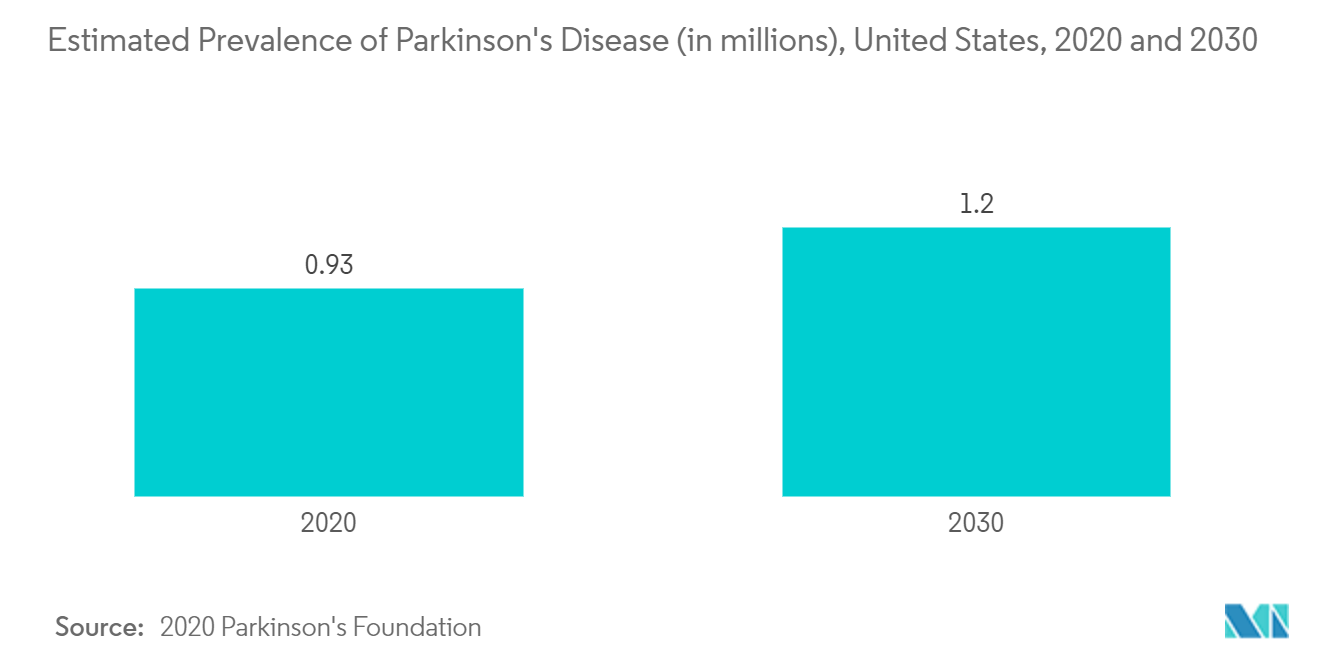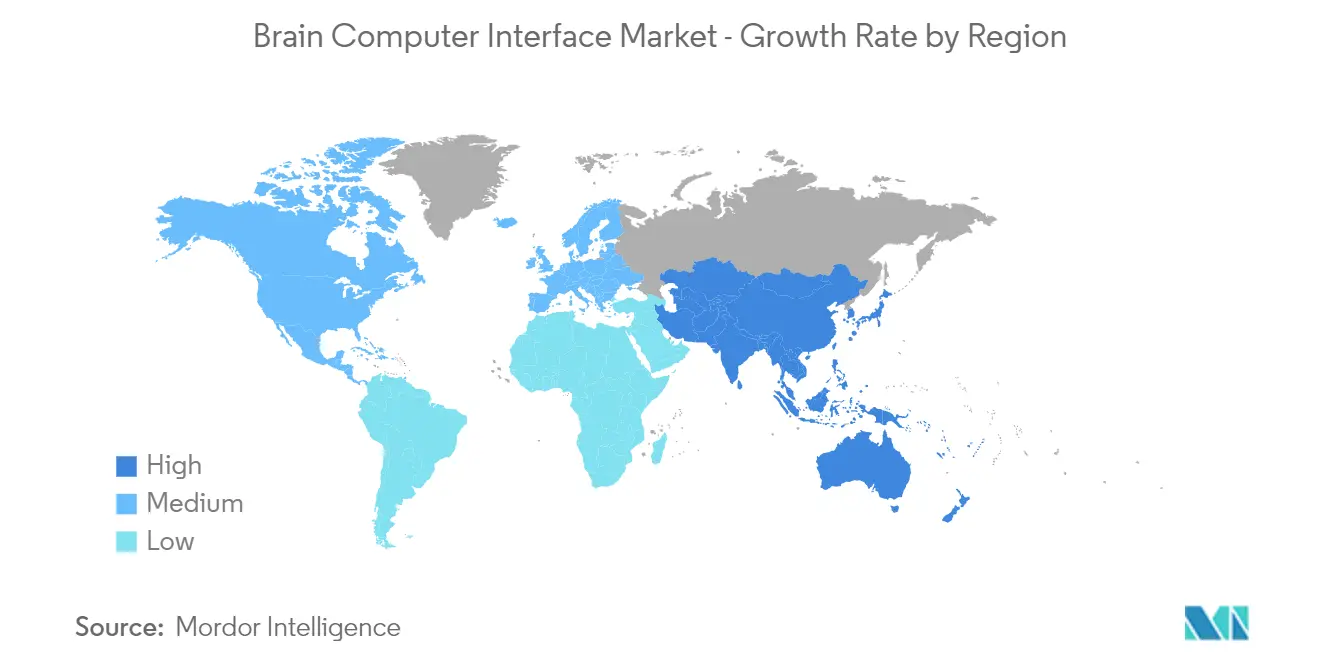Market Trends of Global Brain-computer Interface Industry
This section covers the major market trends shaping the Brain-computer Interface Market according to our research experts:
The Non-invasive Brain-computer Interface Segment is Expected to Dominate the Market During the Forecast Period
By type, the non-invasive brain-computer interface segment is expected to witness significant growth. The non-invasive brain-computer interface segment is found to dominate the overall market owing to the high applicability of the technology and increasing neurological disorders. The development of non-invasive brain-computer interface devices based on EEG is expected to increase the mainstream accessibility of BCI technology. Moreover, growth in the number of approvals is also expected to supplement the market's growth. For instance, in April 2021, the United States Food and Drug Administration (FDA) approved the use of a brain-computer interface device to aid stroke patients with hand, wrist, and arm disabilities in their recovery. The IpsiHand Upper Extremity Rehabilitation System (IpsiHand System) was developed by Neurolutions and records brain activity using non-invasive electroencephalography (EEG) electrodes (rather than the more typical electrodes implanted into the brain).
Also, the increasing research and development activities and product launches pertaining to the non-invasive brain-computer interface segment are contributing to the market's growth. For instance, in January 2020, NextMind, a Paris-based brain-computer interface (BCI) startup, launched a neural interface dev kit at CES for USD 400. This device is a non-invasive electroencephalogram (EEG), which is a well-established method of measuring the voltage fluctuations of neurons from outside the skull.
Thus, due to the above-mentioned factors, the segment is expected to witness significant growth during the forecast period.

Asia-Pacific is Found to be the Fastest Growing Segment of the Market
The Asia-Pacific brain-computer interface market is anticipated to grow significantly over the forecast period, particularly in developing countries such as Japan and China. The market is characterized by technological advancements that are expected to result in the availability of better options for healthcare personnel and individuals.
Furthermore, in 2020, Chinese researchers developed a neural signal analysis system with memristor arrays, paving the way for high-efficiency brain-machine interfaces, and used the system to implement the filtering and identification of epilepsy-related neural signals, achieving an accuracy of over 93%. The system draws upon work from researchers in the fields of electronics and medical research. Such developments are anticipated to have a positive impact on the growth of the market in the Asia-Pacific region.
Additionally, new technology encompasses a wide array of applications designed to revolutionize security, automation, and communication experiences. For instance, in 2021, a neuro-engineering team at Tianjin University was working on the research and development of the second-generation "BrainTalker" chip, which uses less power and offers higher system-on-chip integration, and the researchers reported that they were able to capture "good-quality" brain intentions from electroencephalogram signals that could satisfy application demands.
Thus, due to the above-mentioned factors, the market is expected to witness significant growth over the forecast period.


